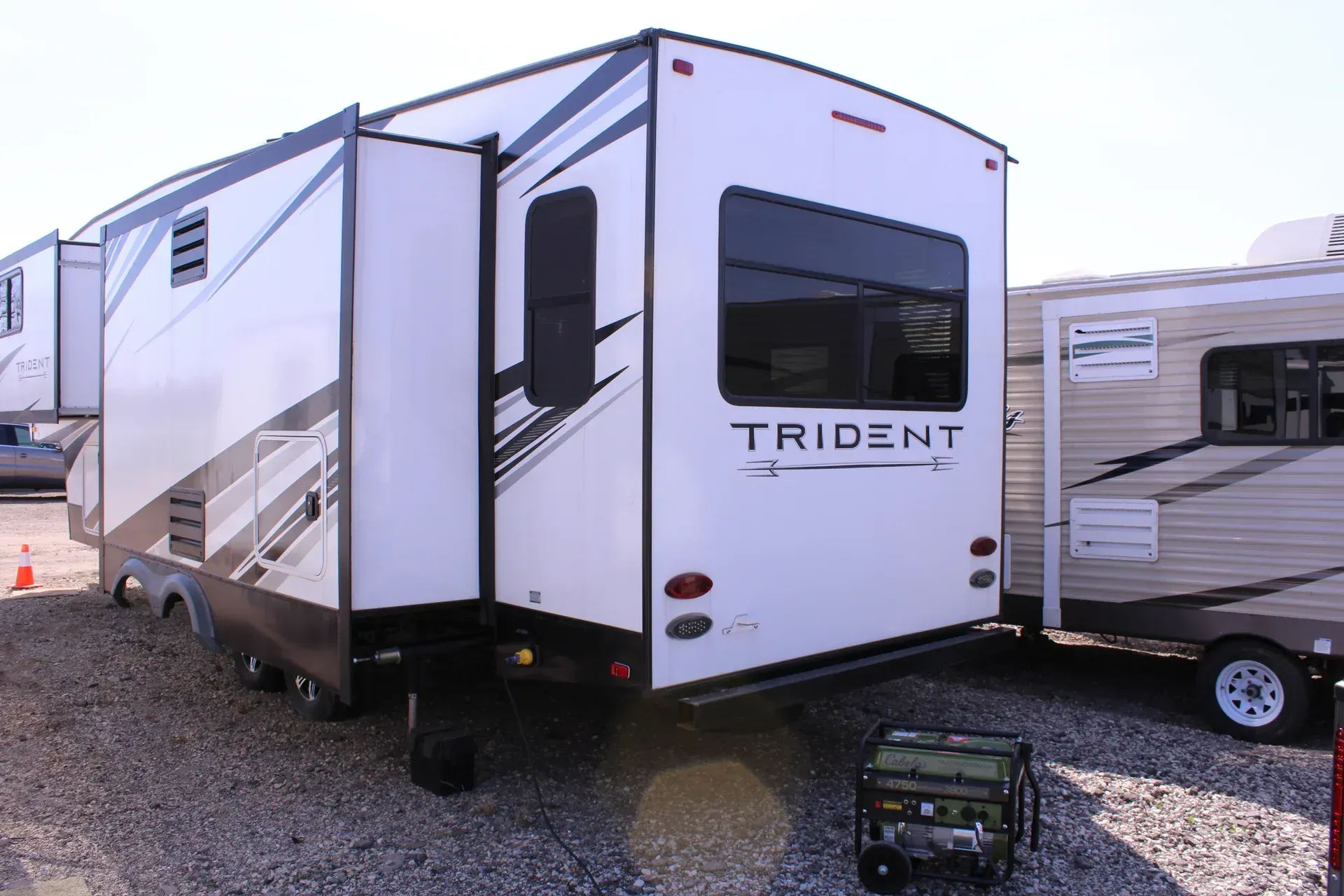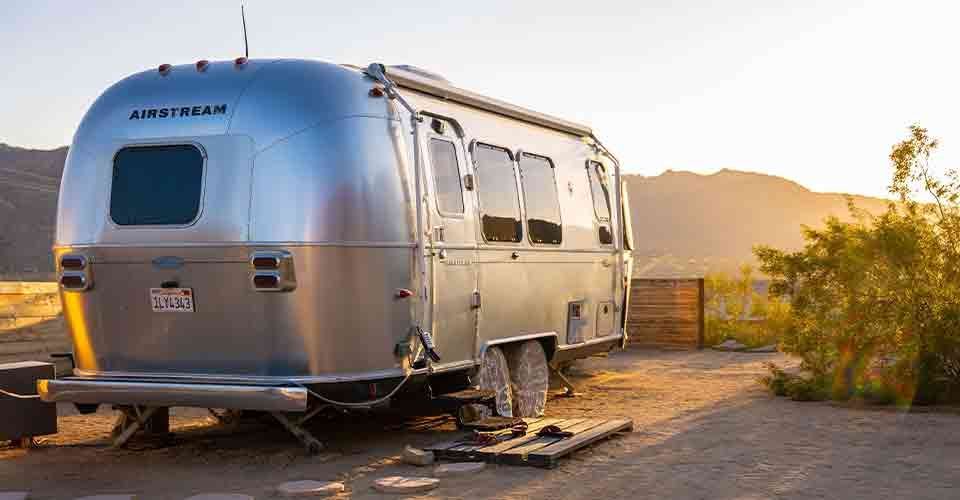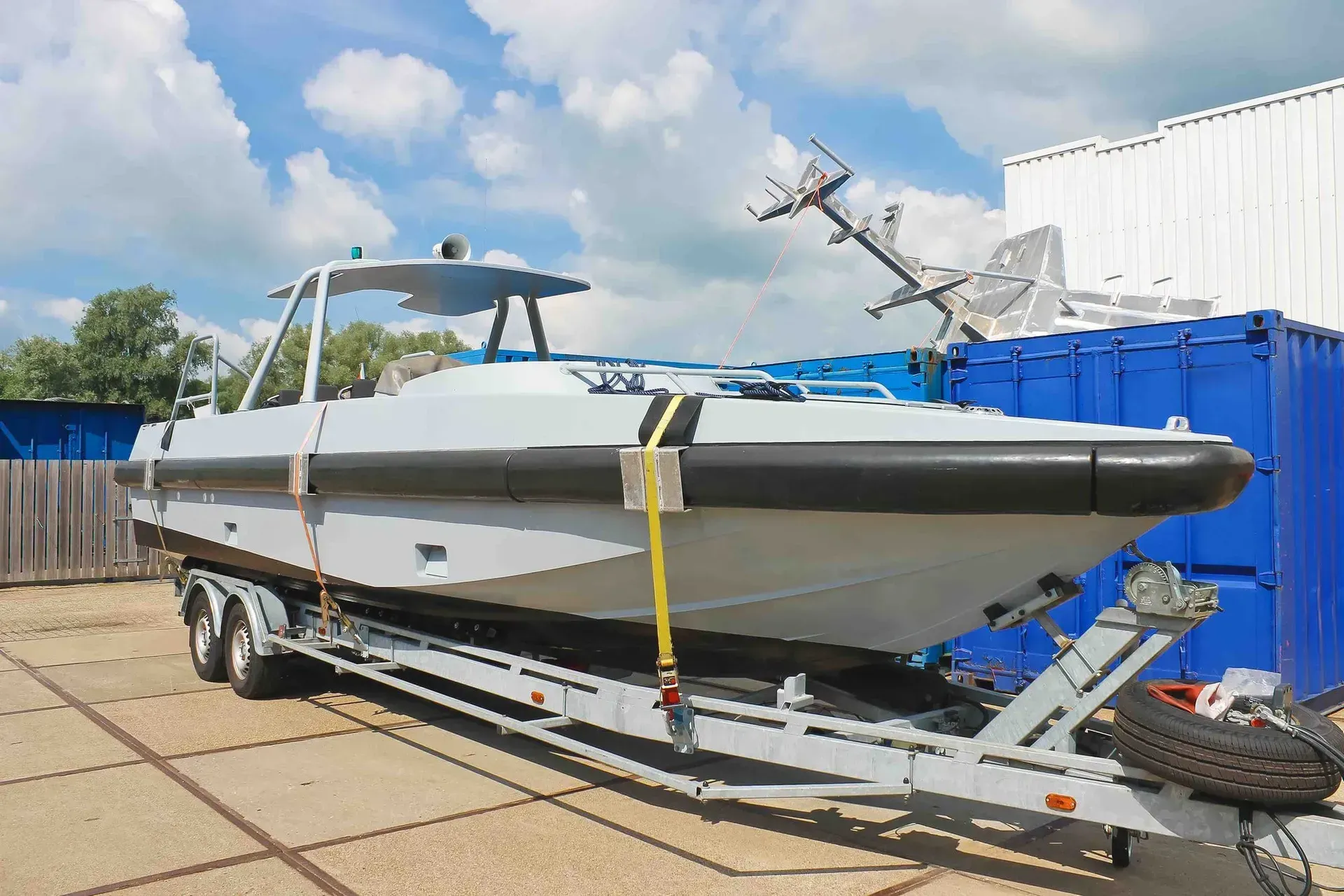How to Prep Your RV for Storage: A Step-by-Step Checklist

Table of Contents
- Why Proper RV Storage Matters
- Step-by-Step RV Prep Guide for Storage
- The Ultimate RV Storage Checklist
- Common Mistakes to Avoid
- Bonus RV Storage Tips for Extra Protection
- Wrapping Up Your RV for the Season
- Contact Kansas City RV Storage
Key Takeaways
- A well-prepared RV lasts longer, experiences fewer mechanical issues, and is always ready for your next journey.
- This guide delivers a practical RV prep guide complete with actionable RV storage tips.
- Follow our RV storage checklist to avoid costly repairs and ensure peace of mind.
Why Smart RV Storage Is Worth the Effort
If you’re gearing up for a long off-season or just need a safe space to stow your rig, prepping your RV properly is non-negotiable. Without it, you’re risking everything from mold and rodents to battery drain and tire rot. But with the right approach—and a complete RV prep guide like this one—you can avoid all of that and extend the life of your RV.
Whether you’re storing your RV outdoors, in a covered facility, or at a climate-controlled indoor location, these RV storage tips will walk you through every step to make sure your home on wheels is well cared for.
Pro Tip:
Investing a few hours now can save you hundreds, even thousands, in future repairs.
Step-by-Step RV Prep Guide for Storage
Let’s break down exactly what you should do before parking your RV for the season. This RV prep guide will help you work efficiently, prevent problems, and keep your RV in great condition.
1. Clean the Interior Thoroughly
Before you even think of closing up your RV, give it a good scrub inside. Food crumbs and spills can attract pests, and dirt and grime can cause odors and mold.
- Vacuum all surfaces and cushions
- Wipe down counters, cabinets, and floors
- Remove all perishable food items
- Empty and clean the refrigerator; leave the door slightly open
2. Drain All Water Systems
Water left in your RV’s plumbing can freeze and cause costly damage.
- Drain freshwater, greywater, and blackwater tanks
- Use a non-toxic RV antifreeze in the plumbing system
- Open faucets and showers to clear residual water
- Don’t forget to drain the water heater (after turning it off!)
3. Disconnect and Store the Battery
To prevent battery drain or damage:
- Disconnect and remove the battery
- Store it in a dry, temperature-controlled area
- Consider using a battery maintainer or trickle charger
4. Check and Seal Openings
Rodents and insects love to nest in warm, dry spaces—like your RV.
- Inspect all seams, windows, and vents
- Seal gaps with weatherproof caulking or expanding foam
- Place mesh covers over exhaust and intake vents
Common Mistakes to Avoid When Storing Your RV
Even seasoned RVers sometimes skip important steps. Avoid these frequent mistakes:
- Leaving water in tanks: This can lead to burst pipes or bacterial growth.
- Not stabilizing fuel: Gasoline degrades over time; always use a stabilizer.
- Forgetting the tires: Flat spots and dry rot happen when tires sit under pressure.
- Ignoring the roof: Always inspect and seal roof seams before storage.
Bonus RV Storage Tips for Extra Protection
Want to go above and beyond? These RV storage tips will give you an extra layer of defense.
Use Moisture Absorbers
DampRid or similar products can help prevent mold and mildew buildup inside your RV.
Install a Security System
Modern RVs are just as vulnerable to theft as vehicles. Motion-sensor lights, GPS trackers, and camera systems can deter break-ins.
Cover the Tires
Tire covers block UV rays, which can cause cracks and deterioration over time.
Elevate or Move the RV
If possible, move the RV slightly every few weeks to prevent flat spots on tires or consider parking it on leveling blocks.
Wrapping Up Your RV for the Season
By taking time to follow this RV prep guide, you’re not just storing your RV—you’re preserving your adventures. Every step in this RV storage checklist serves a purpose, ensuring that when the open road calls again, your RV is clean, functional, and ready to go.
Still looking for a secure place to store your RV? Look no further than Kansas City RV Storage, your trusted partner in safe, reliable RV storage solutions.
Why Choose Kansas City RV Storage?
At Kansas City RV Storage, we provide:
- Secure, gated access with 24/7 surveillance
- Spacious outdoor and covered storage options
- Convenient location and flexible access hours
- Peace of mind during every season
Visit our dedicated RV storage page to learn more about available units and pricing.
Don’t put your RV at risk.
Protect your investment with our expert-backed RV storage tips and services. Bookmark this guide, print the RV storage checklist, and prep your RV with confidence this season.
Contact us at
(636)-500-1638 or send us an email at
kansascityrvstorage@gmail.com more details. Your RV deserves the best. Let us show you what modern storage should look like.
Frequently Asked Questions
1. What are the best RV storage tips for winter?
Some of the best RV storage tips for winter include draining all water systems to prevent freezing, disconnecting the battery, sealing all vents and openings to keep out pests, and using a breathable RV cover. These steps help preserve your vehicle and prevent costly damage during colder months.
2. Why is an RV storage checklist important before long-term storage?
An RV storage checklist ensures you don’t miss critical steps such as tire care, water system drainage, and pest-proofing. It keeps your process organized and thorough, helping you protect your investment and maintain your RV’s road-readiness for the next season.
3. Is there a reliable RV prep guide I can follow?
Yes! Our comprehensive RV prep guide outlines step-by-step instructions to clean, maintain, and store your RV properly. From draining tanks to checking roof seals, the guide covers everything you need to prepare your RV for short-term or long-term storage.
4. How do I protect my RV tires during storage?
Protecting your tires is a crucial part of any RV storage checklist. Inflate them to the recommended PSI, park on level surfaces or use leveling blocks, and cover the tires to shield them from UV damage. If possible, move your RV slightly every few weeks to avoid flat spots.
5. Can following RV storage tips really extend my RV’s lifespan?
Absolutely. Consistently following proper RV storage tips like climate control, fuel stabilization, and rodent prevention can significantly reduce wear and tear. Well-maintained RVs experience fewer mechanical failures and remain road-ready for years to come.


